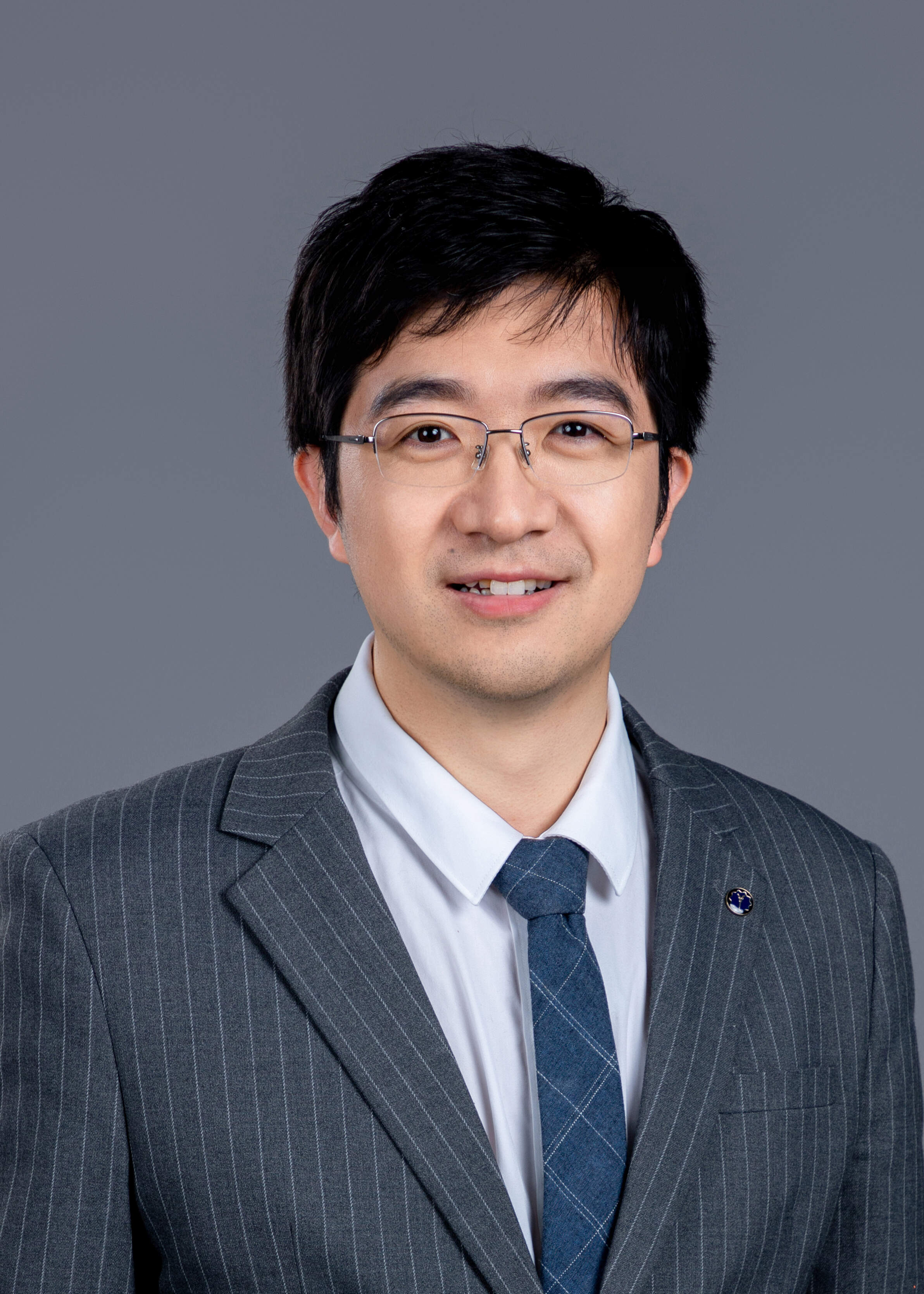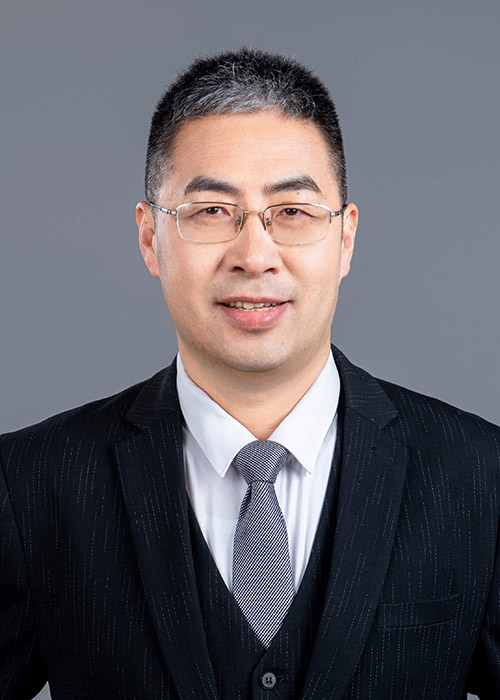1. Research direction of major respiratory infection and lung injury
1.1 Major respiratory viral Infections Group
Respiratory virus infection plays an important role in clinical treatment and directly affects clinical treatment. How to analyze the infectious characteristics of pathogenic agents, build animal models, evaluate the biological activity changes of different variant strains, immune response characteristics, and develop highly effective neutralizing antibodies, small molecule drugs and new vaccines? Evaluation and optimization of different vaccine immunization strategies and other core technologies are important scientific research issues that need to be solved in the group of respiratory viral infection.
1.2 Major Respiratory Bacterial and fungal Infections Group
Facing the scientific problems in the direction of bacterial and fungal infection, the regulatory process of bacterial and fungal infection and host immunity is deeply explored from the perspective of pathogen, host and interaction mechanism, and problems are found in clinical practice, solutions are sought from basic research, and clinical application is realized through the transformation of results.
1.3 Major respiratory system injury and severe treatment Group
It is committed to exploring the mechanism of acute lung injury and related extrapulmonary organ injury and repair, exploring the precise severe treatment system through the analysis of clinical characteristics and subtypes of acute respiratory failure, and developing high-end and intelligent respiratory support equipment.
2. Research direction of chronic airway diseases
2.1 COPD Group
Chronic obstructive pulmonary disease is a common lung disease that causes restricted airflow and breathing problems. Symptoms include coughing, sometimes accompanied by phlegm, difficulty breathing, wheezing and tiredness. Copd is the third leading cause of death globally, causing 3.23 million deaths in 2019. The task of the group is to discover the clinical characteristics and evolution of COPD through cohort studies and animal models, identify early diagnostic markers and therapeutic targets of COPD, carry out drug intervention experiments and community prevention and treatment exploration, and ultimately achieve early prevention, diagnosis and treatment of COPD, and reduce the incidence of acute exacerbation of COPD.
2.2 Bronchiectasis and other allergic airway diseases Group
It is committed to study the pathophysiological basis of bronchiectasis and related chronic diseases, and further study the influence mechanism of environmental factors on the development of chronic respiratory diseases. Focusing on the molecular mechanisms underlying the heightened inflammatory response in airway diseases and working to assess its impact on disease progression; Adopt advanced technology to develop new diagnosis and treatment tools, and promote the transformation of advanced methods into clinical practice.
2.3 Asthma and chronic cough Group
The Asthma and Chronic Cough Group has undertaken a number of major scientific research projects such as the national key research and development program, led or participated in the formulation of a series of domestic and foreign guidelines, norms and expert consensus, published a number of papers in the Lancet sub-journal and other internationally renowned journals, actively carried out comprehensive studies on the pathogenesis, prevention and treatment of asthma and cough, and conducted guidance and promotion in primary medical units. Actively promote the combination of basic research and clinical application.
3. Research direction of lung cancer
3.1 Early intervention and clinical treatment of small nodules of lung cancer group
The team has long carried out research on early screening and early diagnosis of lung cancer, perioperative strategy and drug therapy. Based on self-developed minimally invasive lung cancer surgical technology, establish a global coverage of minimally invasive lung cancer radical surgery standardized operation training platform to promote scientific research results. Adopt advanced technology to develop new diagnosis and treatment tools, and promote the transformation of advanced methods into clinical practice.
3.2 Research Group on Treatment of severe lung cancer and new clinical techniques
It is committed to studying the etiology, pathogenesis, classification, new treatment strategies and new technologies of severe lung cancer. Focus on the early warning of severe lung cancer, molecular mechanisms, research and development of new intervention methods, and clinical trials. Adopt new technologies such as interventional technology, regenerative medicine, cell therapy, and new drugs to develop new therapeutic strategies and promote clinical transformation.
3.3 Research Group on Pathogenesis and new Diagnosis and treatment strategies of lung cancer
It is committed to studying the pathogenesis of primary lung cancer, focusing on the precision targeted treatment of lung cancer, and focusing on exploring new and precise treatment strategies for lung cancer.
4. Research direction of interstitial lung disease and pulmonary vascular disease
4.1 Pulmonary Vascular diseases Research Group
It is committed to basic, clinical and translational research of pulmonary vascular diseases caused by various chronic lung diseases or pathogenic microbial infections, and has a total of 14 PI. Early warning of pulmonary vascular disease is difficult, the long-term prognosis is poor, the etiology is complex, and the pathogenesis is unknown. The group will explore the key molecular targets closely related to the early evolution, development and treatment of the disease through systematic mechanisms, assist the research and development of new prediction methods and precision treatment drugs, and establish standardized risk assessment strategies. Strive to greatly improve the early diagnosis and treatment rate of these diseases and the survival rate of patients.
4.2 Interstitial lung Disease Research Group
He is committed to studying the pathogenesis, diagnosis and treatment of interstitial lung disease, and evaluating the severity of the disease course. He undertook a number of national, provincial and municipal scientific research projects, the research results were included in the pulmonary fibrosis guidelines, obtained a number of domestic and foreign invention patents, and participated in the development of a number of interstitial lung disease diagnosis and treatment expert consensus.













